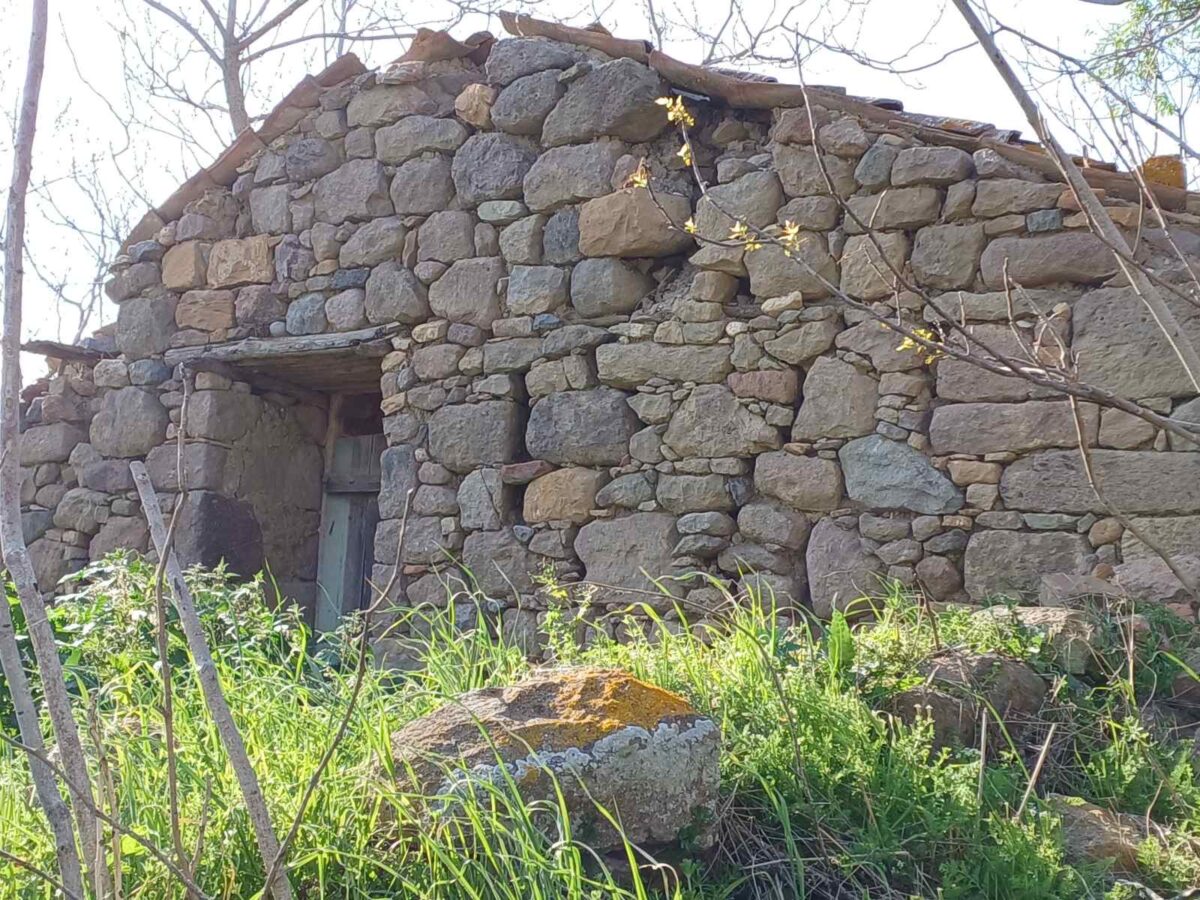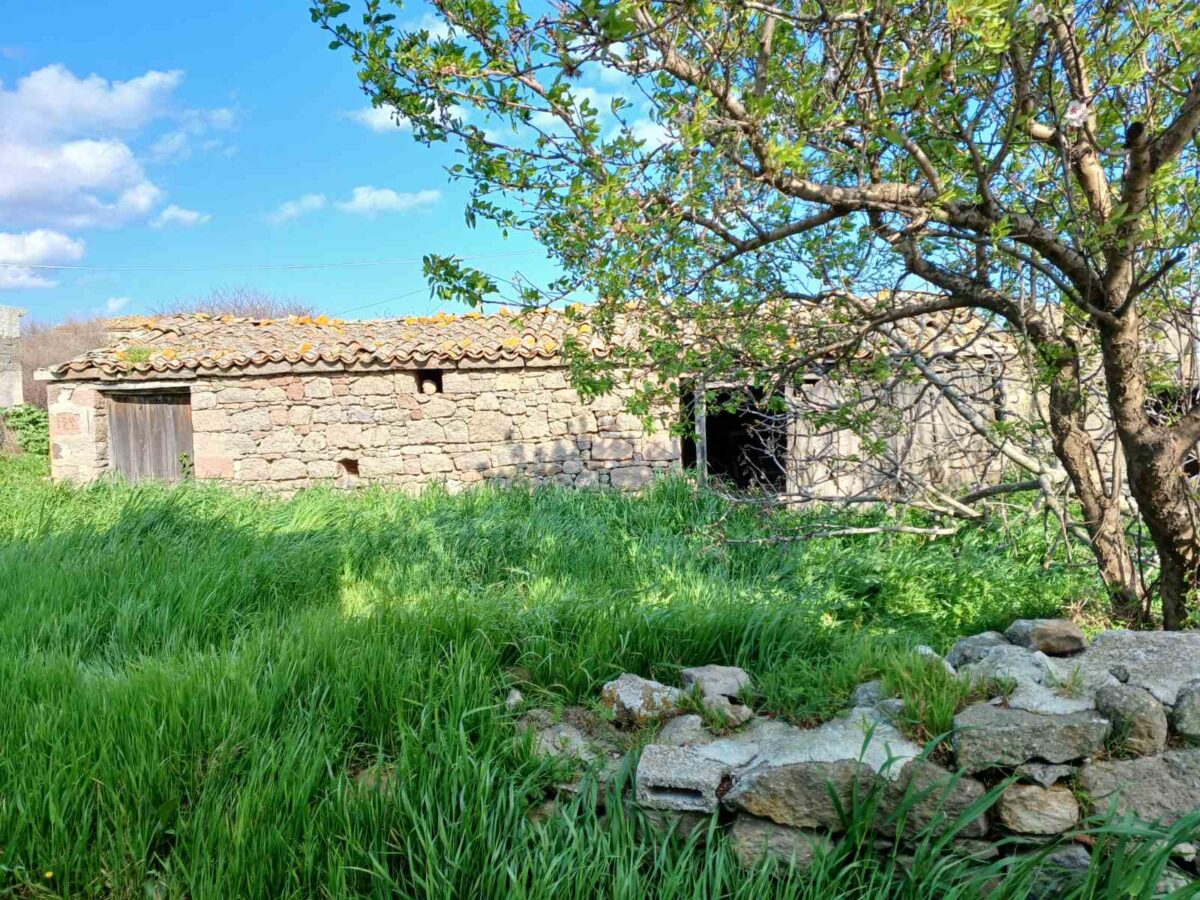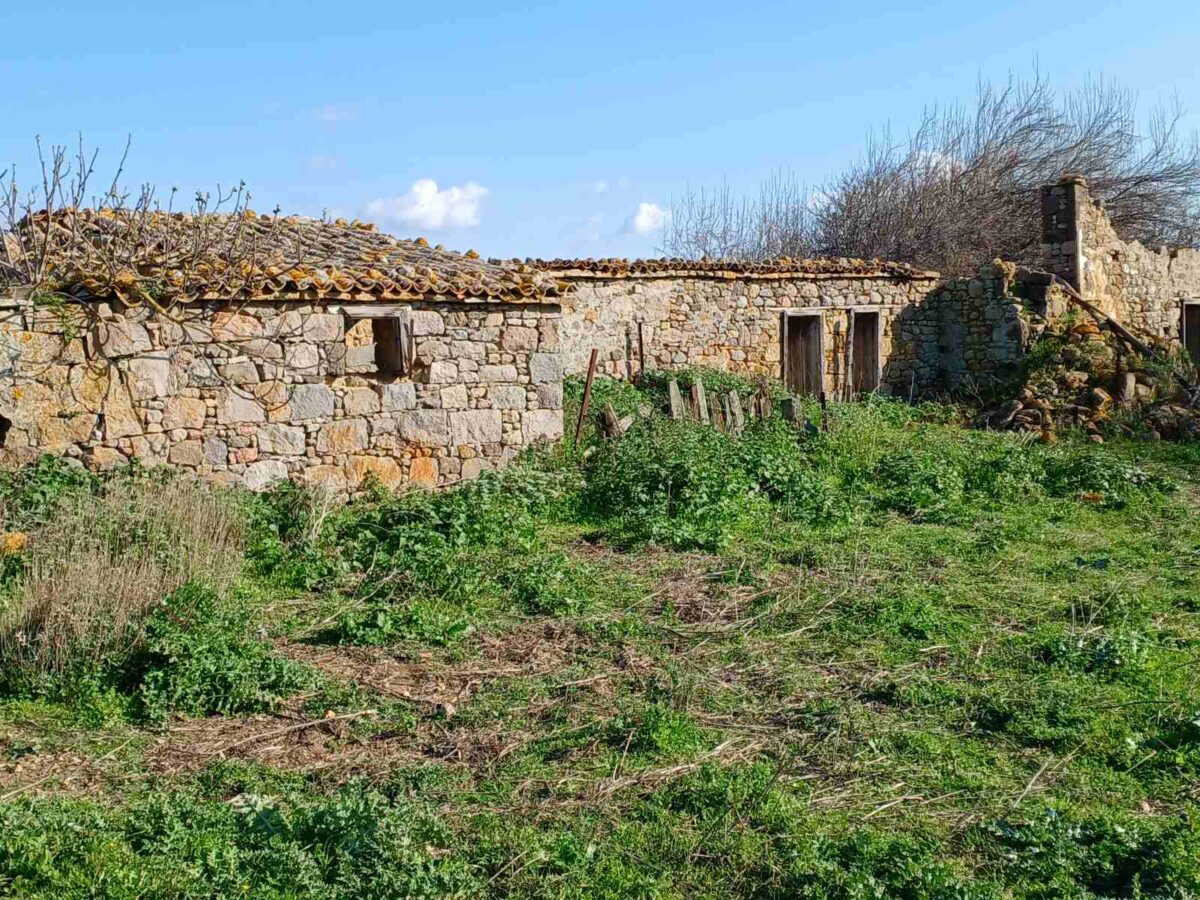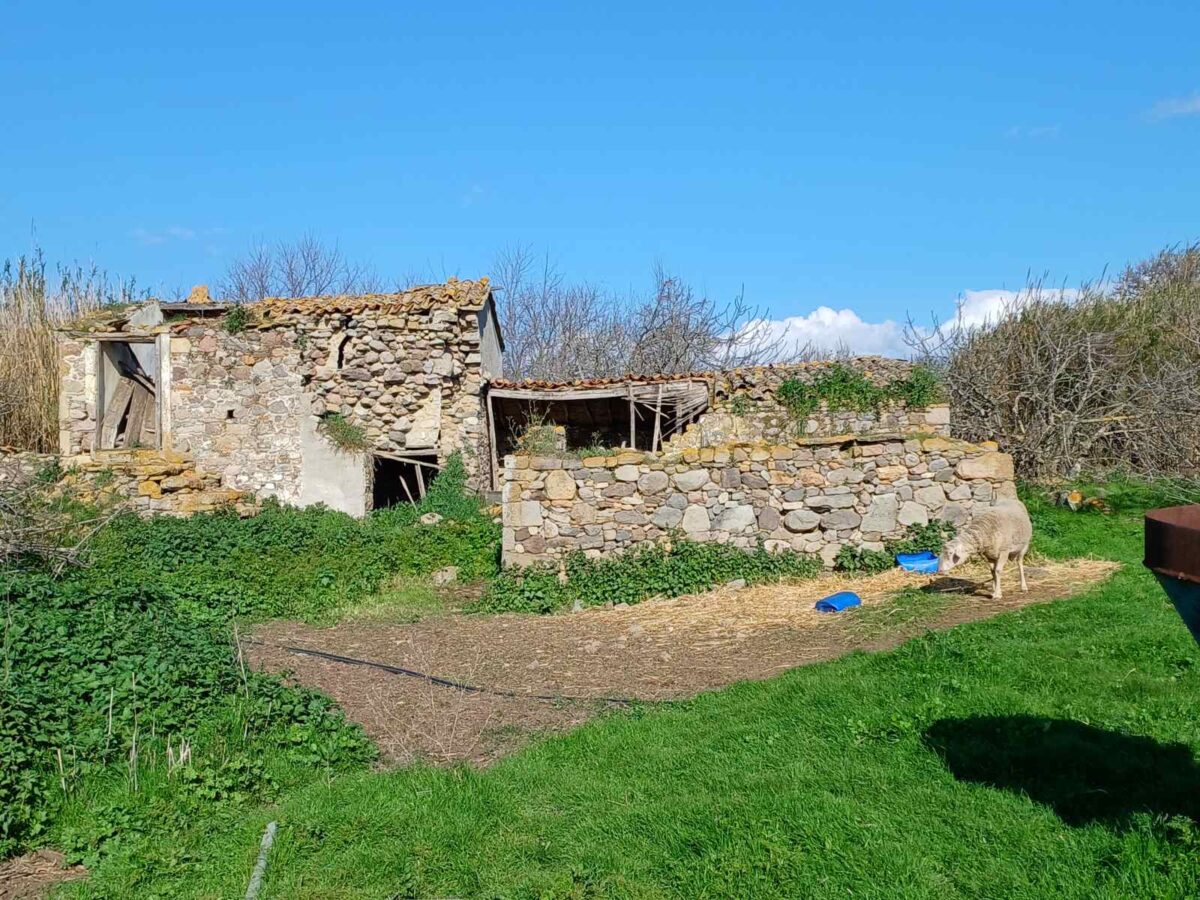The intangible cultural heritage of the “mandras” of Lemnos describes an organizational system of primary production, i.e., agriculture and animal husbandry.
Actually the “mandra” is a building with its auxiliary spaces and the agricultural and pastureland that surrounds it. But, in a broader perspective, it represents the production system of the island of Lemnos that brings together a number of environmental and cultural parameters, including biodiversity, climate, geology, traditional agricultural practices, and socio-economic structures. An entire system of buildings, pastures, agricultural production, and human relations interacts around the “mandra”, enabling mutual interaction and human survival for centuries. Its origins date back to the Byzantine period and the system it represents continues to this day to sustain the lives and needs of its practitioners, namely the “kehaghias” (plural: “kehaghiades”), who possess extraordinary skills, knowledge and techniques for managing the land and its resources. Therefore, we can say the mandra still refers to a holistic management approach that consists of practical experience and traditional knowledge, symbolic and social relations that pass from one generation to the other; it creates a unique relationship between people and their land and supports its sustainable use as part of a complex network of local social and economic relationships.
In the past, the building that bore the name “mandra” was made of stone, clay, reeds and seaweed; contemporary buildings are made of concrete and sheet metal; they are usually located in the center of the land – ζευγάρι (pair) meaning that it includes a piece of plot needing a pair of oxen to be cultivated – in a space that allows full visibility and at the same time protection from the winds. It also includes a flock of sheep and goats, the animals needed for plowing, and the ability to provide enough to support the taxation, export, and exchange economy within the community of kehaghiades. Each “pair” must have cultivated land, which is sown during the first autumn rains, and also a portion of pasture during the time when the animals are giving birth to their young or in case of adverse weather conditions. The land where a mandra is built must satisfy certain conditions: to receive sunlight during the day; to be on an inclined piece of land to drain the water from the rain; to be protected from the north winds.
The space of the mandra in its entirety acquires meaning through the lived experience of the kehaghias, based on traditions and performative practices. Until the middle of the 20th century, it was a hierarchical and conflicting space where each part acquired its role within a very complex social system. The mandra, the size of the “pair”, lies between the social limits of the village and the non-human space of nature. It is a liminal space where a series of “magical” and religious paradoxes can be achieved: the entrance to the “mandra”, usually crossed with the blood of animals, had a display of the tools of the kehaghias and was the centre of a series of celebrations, festivals and religious beliefs and practices, all related to the connection among people and their environment.
The effects of CC and the importance of maintaining ICH were pursued under the “Terra Lemnia” project,. This was a project that started in 2017 and ended in 2022; it was funded by the MAVA Nature Foundation under Strategy M6 “Biodiversity loss due to abandonment of cultural practices” and was and was implemented by, among others, the University of the Aegean. Extensive work by specialists in agriculture, animal husbandry, biology, environmental science, etc. was carried out as part of the “Terra Lemnia” project, resulting in a wide range of scientific reports.
The main threats identified through the work of this project are related to increased temperature; increased rainfall and flood-related destruction; loss of local biodiversity and importation of foreign animal and plant species that are not well adapted to the natural environment and require more resources than are available on the island (e.g., more water); and uncontrollable increase in the wild rabbit population, which in turn affects both crops and biodiversity. This in turn affects not only their work practices, but also the decision of younger generations to work in the fields. In addition, the increase in temperature leads to crops ripening much earlier. The ripening time has now decreased, so there is not enough time for the collaborative practices of the past. In fact, in the mandras, in the past the kehaghias and his family supported the other kehaghiades in harvesting and then celebrated collectively with a big feast.
The Terra Lemnia project initiated many discussions among stakeholders and operators about the need to protect their ICH elements from the effects of CC and environmental threats in general. This awareness also became clear during the research activity carried out for the GreenHeritage project: in particulare, water has been identified as a very important element in the mandra cycle, and rising temperatures affect the relationship with water resources. Today rainfall is rarer and when it does rain it is abundant. This affects the plants because local plants do not need much water, so overwatering due to heavy rainfall adversely affects them. On the other hand, new plants and animal species (such as European species of sheep), imported to the island because they are more productive and therefore economically advantageous, require much more water and food to survive because they are not made for the island’s climate. The owners of these new animal and plant species dig deep wells to provide them with additional water and increase production. This fact changes the balance of water resources and availability for kehaghiads and the overall production cycle. Finally, it leads to the drying up of natural water supplies, which in turn means that wild animals, such as migratory birds, cannot find the water they need to continue their journey.
Representatives of the Ministry of Culture recognize CC threats to ICH elements, particularly those affecting livestock and agriculture. In 2022, the Hellenic Ministry of Culture and the Chinese Embassy organized a symposium entitled “The Third Expert Forum on ICH Protection.” During this event, it was interesting to note that ICH was discussed not only as a threat to CC, but also as an element that offers opportunities. In other words, knowledge derived from ICH can provide responses to the threats posed by CC, as the elements of ICH are both resilient and adaptive.
The solutions implemented and proposed now are all related to a turn towards traditional knowledge and expertise, as well as to the identification and promotion of local biodiversity, which is resilient to extreme weather conditions and much more adaptable to the local conditions. In addition, the bearers/practitioners ask for support in raising awareness among their communities and beyond, especially with respect to local biodiversity and management of natural resources.





